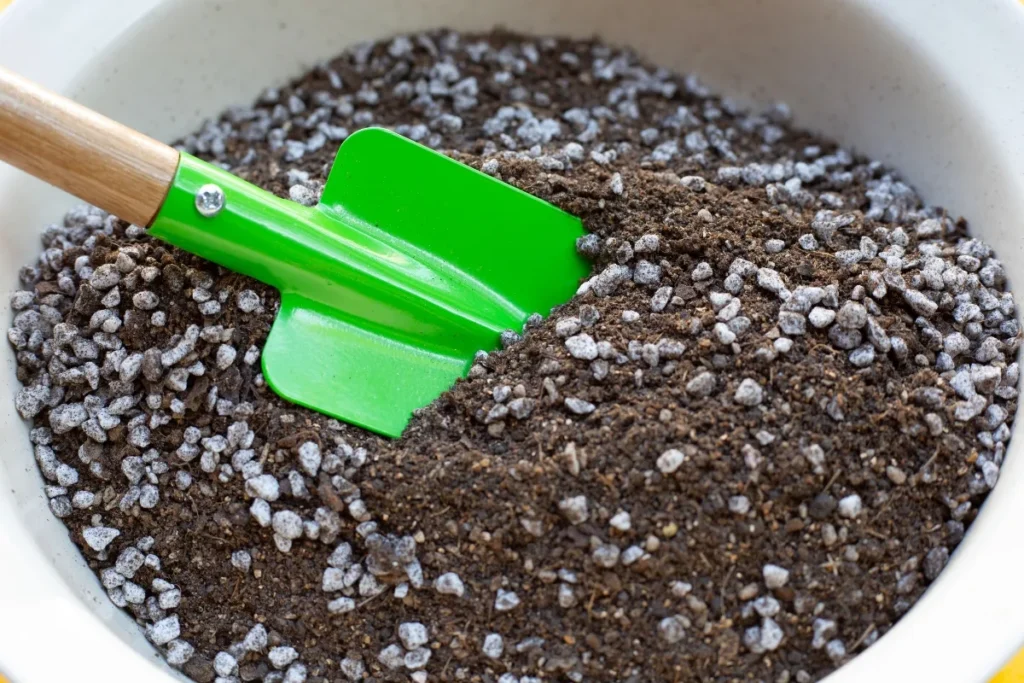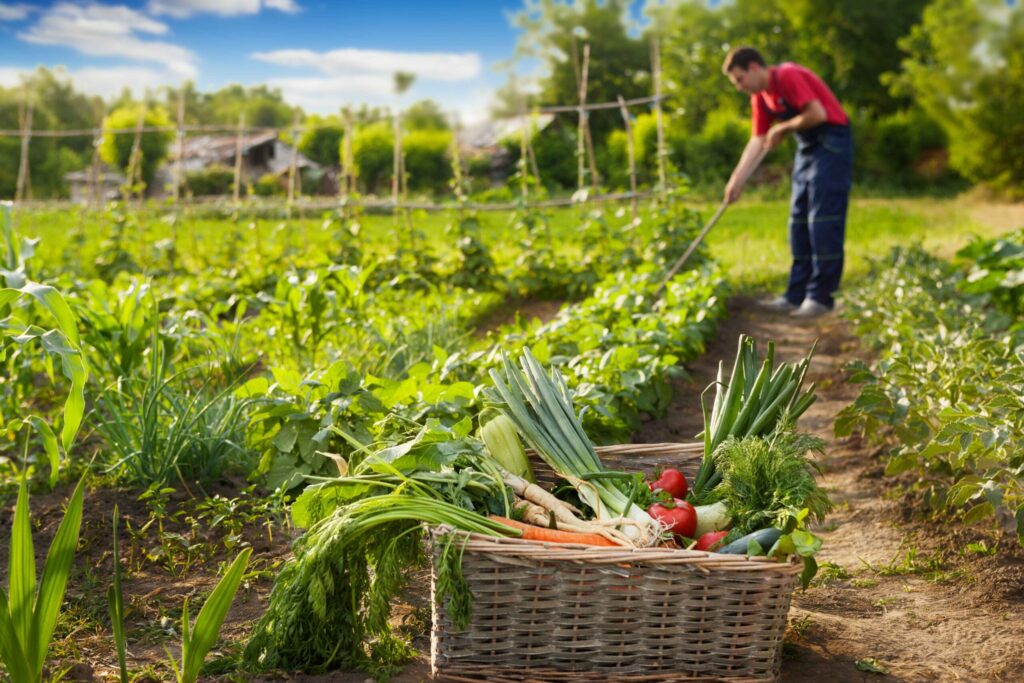FAQ’s
What is living soil, and how is it different from regular garden soil?
Living soil is soil the way nature intended — full of life. It’s packed with beneficial microbes, fungi, and organic matter that work together to feed your plants naturally. Unlike regular garden soil that often relies on synthetic fertilizers or comes stripped of nutrients, living soil creates a thriving environment where plants grow stronger, healthier, and more resilient. It mimics the rich, active soils found in forests and fields — no chemicals needed.
How do I care for living soil in my garden?
Living soil is easy to care for — just treat it like the living ecosystem it is. Keep it moist (not soggy), avoid compacting it, and feed it with natural inputs like compost, mulch, or compost teas. Skip synthetic fertilizers and pesticides, which can disrupt the soil life you’re trying to support. Rotate your crops, plant cover crops, and let nature do its work.
Why does living soil matter for sustainable gardening?
Living soil is the foundation of a healthy, sustainable garden. It feeds your plants naturally, reduces the need for chemical inputs, and builds long-term fertility. Because it’s teeming with life, it helps your soil hold water better, improves structure, supports pollinators, and reduces runoff. In short, it helps your garden — and the planet — thrive.



